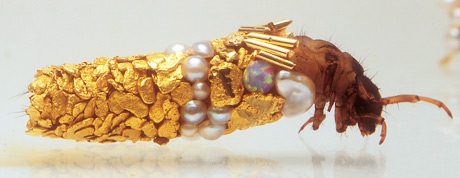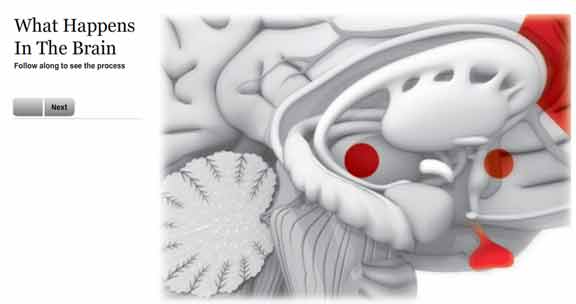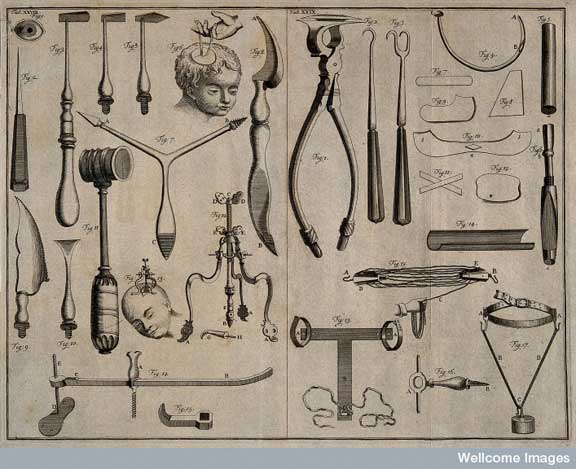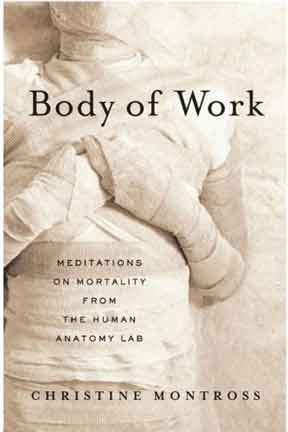Earlier, it seemed like everyone in the biology blogosphere (including me) voiced their opinion on whether biology is perceived to be easier than physics, and whether that explains why we see so much inaccurate popular biology perpetrated by non-biologists. It turns out SCQ explored the physics envy issue way back in 2005, in an article they have just reposted. They reveal the shameful truth: all biologists really want to be physicists! We’re just not good enough at math:
Russell[6] documented the now well-accepted finding that biologists rarely use integers per se, particularly when making chemical solutions. When they believe themselves to be unobserved, biologists prefer to use their own unique counting system consisting of the following quantities:
1. Some.
2. A bunch.
3. A whole bunch.
4. All of it.
5. See if somebody else has any.
6. We’ll have to buy some more.
7. Let’s write a new grant.
These quantification terms are roughly delineated by increasing powers of 10. The biologists’ counting system was compared to the primitive counting system used until quite recently in Samoa.
In my case this is sort of true. I’m not good at math. I wish I was better at it. One of my undergraduate professors told me I would be humiliated in graduate school for being so bad at math (I was humiliated, but for other reasons). And he was just the last in a long line of instructors to denigrate my talents in that area, starting with Mr. Florence in 6th grade – who made fun of me for not being familiar with exponents. Plus, I was not supposed to be good at math – or so I was told – because I was a girl. (Apparently both penis envy and physics envy were unavoidable).
All of this led to an overwhelming dislike for math, which remained intact until I discovered that, despite my gender, physical chemistry is actually kind of cool, and partial derivatives are downright neat-o. Unfortunately that was my senior year of college – a bit late to switch fields.
So who knows? If my 6th grade math teacher hadn’t been an insensitive jerk, or if I hadn’t been fed the girls-are-bad-at-math line so often, I might have become a physicist instead. If so, in the grand tradition of Schrodinger, I would no doubt have eventually started spouting off about biology. When it comes to curious minds, I think the grass is always greener. Not that I know botany or optics. Or psychology.
But I wish I did.








